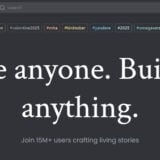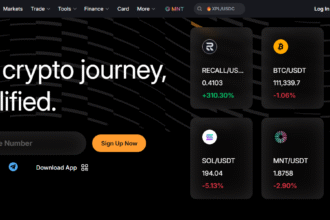In this article, I will talk about Best in Crypto That Doesn’t Look Like Crypto—the projects which work on blockchain technologies under the hood, providing seamless experiences for users.
- Key Points & Best in Crypto That Doesn’t Look Like Crypto list
- 10 Best In Crypto That Doesn’t Look Like Crypto
- 1.Reddit Community Points
- 2.Starbucks Odyssey
- 3.Brave Browser (with BAT)
- 4.Nike .SWOOSH
- 5.Instagram (NFT Support)
- 6.Sorare
- 7.StepN
- 8.Ticketmaster (NFT Tickets)
- 9.Pudgy Penguins Toys
- 10.Ubisoft Quartz
- Conclusion
- FAQ
These crypto-related platforms go beyond the complexities of wallets, tokens, and other cryptic terms of Web3. From gaming to loyalty programs, they stealthily accomplish the crypto to mainstream transition, all without the crypto disguise.
Key Points & Best in Crypto That Doesn’t Look Like Crypto list
| Project / Platform | Why It Doesn’t Look Like Crypto |
|---|---|
| Reddit Community Points | Seamlessly integrates crypto rewards for users without requiring them to manage wallets manually. |
| Starbucks Odyssey | Uses NFTs for loyalty rewards, but markets them as “digital collectibles,” not crypto assets. |
| Brave Browser (with BAT) | Users earn BAT by viewing ads, but the process feels like a regular browser reward system. |
| Nike .SWOOSH | Offers digital sneaker collectibles powered by blockchain but branded as lifestyle perks. |
| Instagram (NFT Support) | Enabled creators to showcase and sell NFTs without highlighting blockchain jargon. |
| Sorare | Fantasy sports game using NFTs as player cards, but users interact like in any fantasy league. |
| StepN | Gamifies fitness with NFT sneakers, but presents itself as a fitness app, not a crypto product. |
| Ticketmaster (NFT Tickets) | Uses blockchain to verify event tickets but never mentions crypto to end users. |
| Pudgy Penguins Toys | NFT brand extended to physical toys with QR codes linking to blockchain-backed experiences. |
| Ubisoft Quartz | Integrates NFTs in gaming under the “Digits” brand, softening the crypto association. |
10 Best In Crypto That Doesn’t Look Like Crypto
1.Reddit Community Points
Reddit Community Points (RCPs) are a form of tokenized rewards within the subreddit ecosystem, serving the purpose of incentivizing high-quality content using a blockchain ethos.
Even though RCPs are built on Ethereum, the experience is exceptionally Reddit-like. Users can earn, tip, and showcase points in a crypto and wallet-free, jargon-free world. Points are kept in a “Vault” simplifying Ethereum.
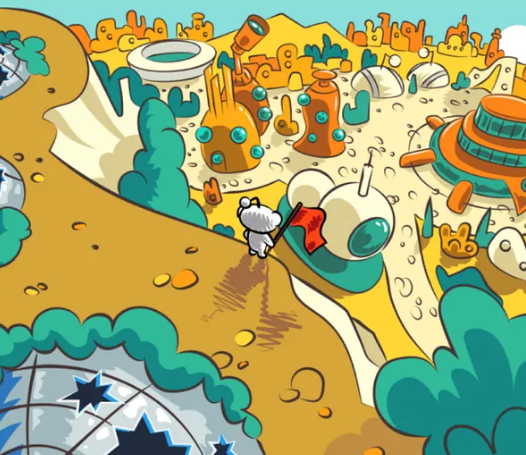
Reputation and community standing are the primary focus. Crypto speculation is absent. Reddit’s integration of blockchain and Ethereum’s smooth crypto backend is seamless. Reddit is one of the best examples of crypto today.
| Feature | Details |
|---|---|
| Blockchain Used | Ethereum (Arbitrum Nova) |
| Crypto Element | Community tokens (ERC-20 standard) |
| User Interaction | Through Reddit Vault (built-in wallet) |
| Use Case | Rewards for content and engagement in subreddits |
| Branding Style | Presented as “points” and “karma,” not crypto |
| Onboarding Complexity | Minimal; wallet created in-app |
| Spend Options | Badges, subscriptions, tipping, or trading |
| Target Audience | Reddit users, content creators, communities |
| Jargon-Free UX | Yes |
| Monetization Option | Yes, can trade or sell on decentralized platforms |
2.Starbucks Odyssey
Starbucks Odyssey is an example of a rewards program that leverages Web3 technology. Customers can now earn and buy digital “Journey Stamps,” which are like NFTs, by fulfilling certain activities such as trying out new drinks or visiting certain locations.
Starbucks, however, remains crypto and NFT-free in its branding, referring to them as digital badges which unlock exclusive rewards.
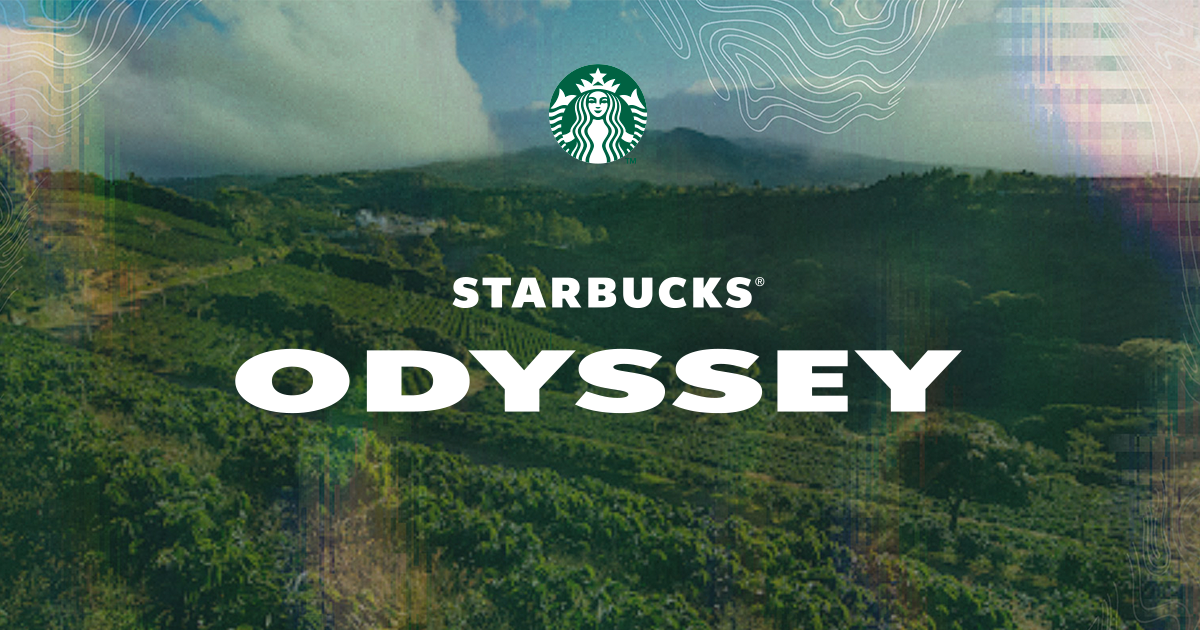
Odyssey is built on Polygon, and while using Web3 technology, it does not require users to understand wallets, tokens, or blockchains. The way Odyssey is structured offers great potential for mass adoption without the intimidation of traditional crypto jargon.
| Feature | Details |
|---|---|
| Blockchain Used | Polygon |
| Crypto Element | NFTs as digital “Journey Stamps” |
| User Interaction | Through Starbucks app |
| Use Case | Loyalty rewards, gamified experiences |
| Branding Style | “Digital collectibles,” not NFTs |
| Onboarding Complexity | Simple login; no crypto wallet needed |
| Spend Options | Unlock perks, experiences, exclusive content |
| Target Audience | Starbucks Rewards members, coffee lovers |
| Jargon-Free UX | Yes |
| Monetization Option | Some reselling possible on secondary markets |
3.Brave Browser (with BAT)
Brave is a privacy-centric browser that automatically blocks trackers and ads. For those willing to view ads, Brave rewards them with BAT (Basic Attention Token).
Although BAT is a cryptocurrency, earning it feels more like gathering rewards since Brave manages wallets automatically.
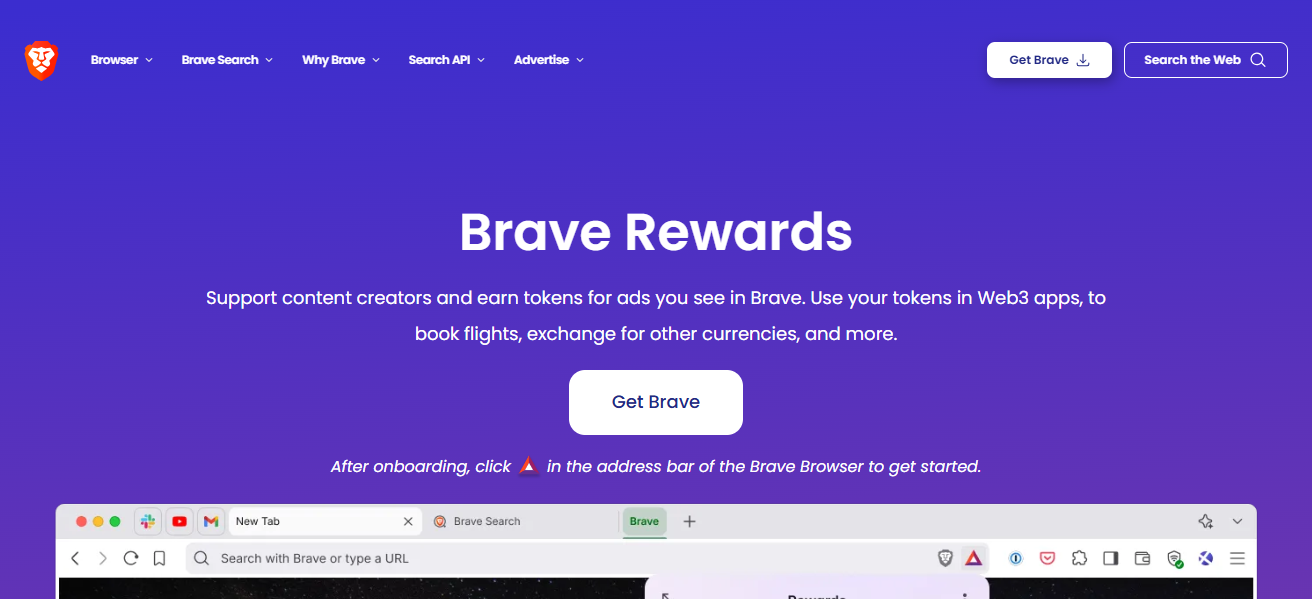
Users can tip creators, withdraw tokens, and convert them – all within the browser’s interface. The majority simply perceive it as a superior browser that secretly rewards them, rather than a cryptocurrency.
This as-without approach is why Brave stands out as the frontrunner in embracing blockchain’s advantages while preserving the feel and look of mainstream products.
| Feature | Details |
|---|---|
| Blockchain Used | Ethereum (and compatible networks) |
| Crypto Element | Basic Attention Token (BAT) |
| User Interaction | Earn BAT for viewing ads |
| Use Case | Privacy-focused browsing + ad revenue sharing |
| Branding Style | “Rewards” system inside browser |
| Onboarding Complexity | Automatic wallet setup |
| Spend Options | Tip creators, redeem, or transfer |
| Target Audience | Everyday internet users, privacy advocates |
| Jargon-Free UX | Mostly |
| Monetization Option | Yes, BAT tokens can be withdrawn |
4.Nike .SWOOSH
SWOOSH is Nike’s .SWOOSH website, a blockchain based marketplace for virtual Nike branded apparel and digital collectibles. Nike’s users can purchase, collect and trade virtual sneakers, and clothes which, under the surface, are NFTs.
Nonetheless, Nike terms them “digital creations” to move away from crypto jargon. Transactions are made with fiat currency and wallets are created automatically. NFTs are not the goal .SWOOSH is focused on community participation, brand loyalty, and exclusive access.
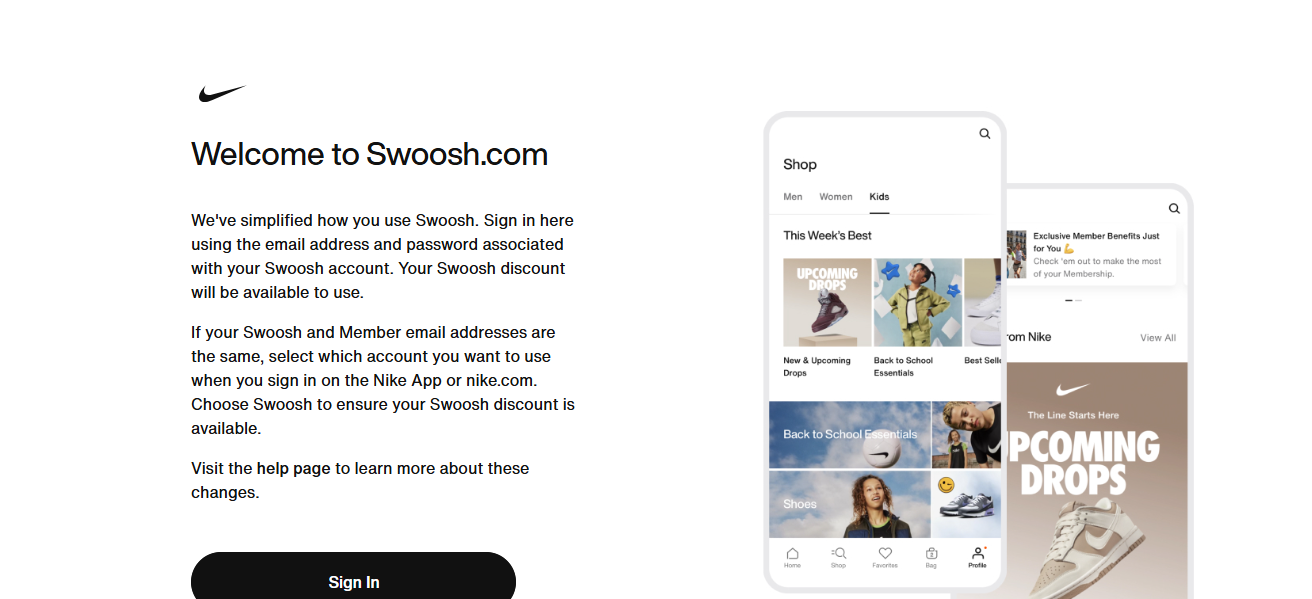
With .SWOOSH, Nike maintains a balance between the tangible and virtual world of fashion, all the while, protecting users from the intricacies of blockchain, serving as a prime example of how blockchain can be used without revealing the technology.
| Feature | Details |
|---|---|
| Blockchain Used | Polygon |
| Crypto Element | NFTs (digital sneakers and apparel) |
| User Interaction | Through .SWOOSH platform and Nike ID |
| Use Case | Digital fashion collectibles |
| Branding Style | “Virtual creations” |
| Onboarding Complexity | Seamless; fiat purchases allowed |
| Spend Options | Collect, trade, and earn access to events |
| Target Audience | Sneakerheads, fashion enthusiasts, Nike fans |
| Jargon-Free UX | Yes |
| Monetization Option | Yes, items can be resold on NFT marketplaces |
5.Instagram (NFT Support)
Instagram added NFT functionality in 2022, enabling creators to feature digital collectibles on their profiles. The app collaborated with blockchains Ethereum and Polygon, but for the users, there were no cumbersome wallets and onboarding processes.
Users could purchase, sell, and display NFTs in the app. Instead of calling it crypto, Instagram focused on creator tools and user-friendly visuals, enabling broad NFT adoption.

Even though Meta stopped working on NFTs, the case serves as an example of crypto adoption without the crypto label: intuitive, simple, and devoid of technical jargon for the general public.
| Feature | Details |
|---|---|
| Blockchain Used | Ethereum, Polygon |
| Crypto Element | NFTs for creators |
| User Interaction | Add wallet and post collectibles |
| Use Case | Showcasing and monetizing digital art |
| Branding Style | “Digital collectibles” |
| Onboarding Complexity | Simplified wallet connection |
| Spend Options | View, share, and sell NFTs |
| Target Audience | Content creators, artists, influencers |
| Jargon-Free UX | Mostly |
| Monetization Option | Yes, through NFT sales |
6.Sorare
On Sorare, users engage in fantasy sports by collecting, trading, and playing with digital player cards which NFTs. It, however, feels more like a fantasy football (soccer) game than a crypto product.
Users draft teams and compete in weekly tournaments to win rewards, with no crypto knowledge required. Users don’t need any knowledge in crypto to take part. Support for traditional payment methods simplifies onboarding, and wallet creation is hidden.
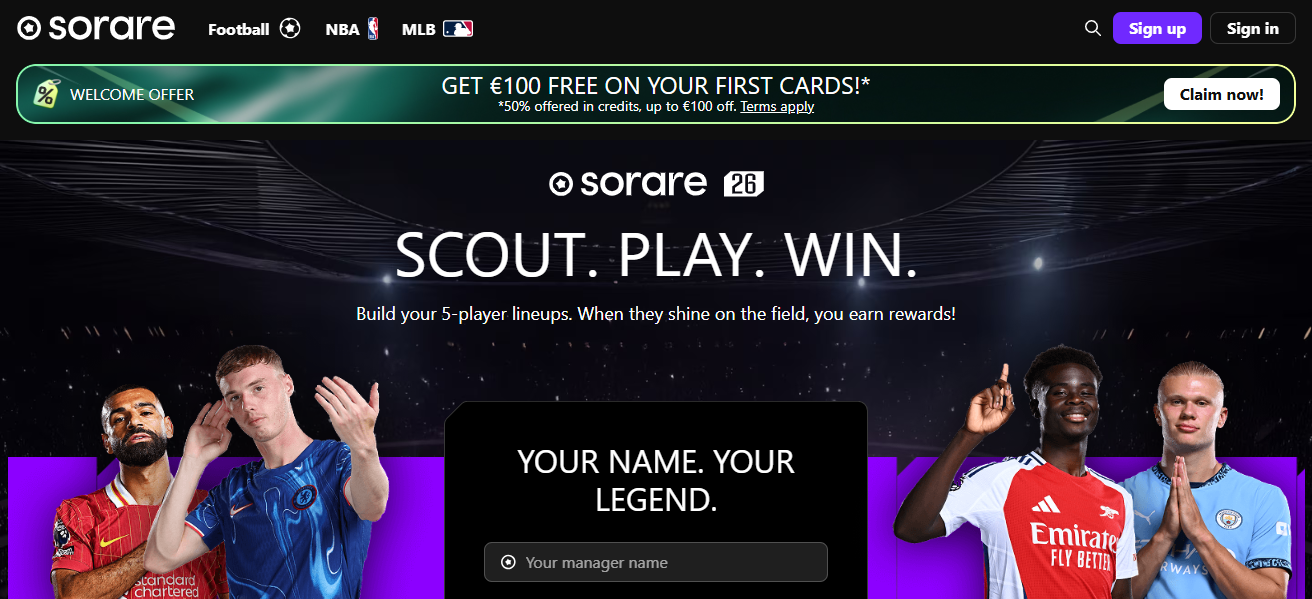
Deals with premier football leagues add legitimacy. Sorare smartly uses a familiar structure to gamify NFT ownership, quietly winning over sports and gaming enthusiasts without bombarding them with crypto in a stealth Web3 success story.
| Feature | Details |
|---|---|
| Blockchain Used | Ethereum |
| Crypto Element | NFT player cards |
| User Interaction | Draft teams, trade cards, join leagues |
| Use Case | Fantasy football with real-world stats |
| Branding Style | “Collectible cards,” not NFTs |
| Onboarding Complexity | Simplified with fiat support |
| Spend Options | Buy, sell, and earn rewards |
| Target Audience | Sports fans, gamers, fantasy league players |
| Jargon-Free UX | Mostly |
| Monetization Option | Yes, card trading on marketplace |
7.StepN
StepN, users have becomes accustomed to earning crypto for jogging, walking, or running outside, thanks to its move-to-earn model. Users “wear” NFT sneakers, which digitally tracked each movement, earning tokens.
Moreover, cashing out or reinvesting rewards is done in-app, making it user-friendly. Although the NFT and token system is built on the Solana and BNB chains, StepN offers NFT and token onramps with built-in wallets and marketplace tools.
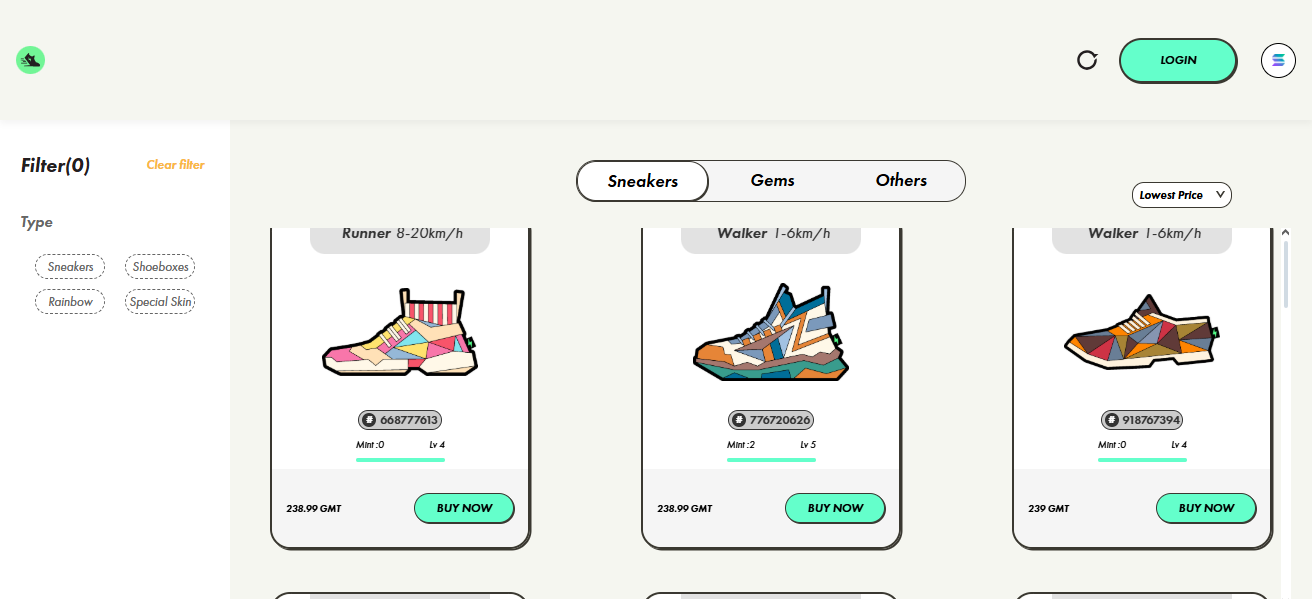
StepN is focused on health, lifestyle, and gamified fitness, with crypto mechanics nearly in the background. Most users just perceive it as a fitness app with quit a for crypto project.
| Feature | Details |
|---|---|
| Blockchain Used | Solana, BNB Chain |
| Crypto Element | GST and GMT tokens + NFT sneakers |
| User Interaction | Fitness tracking + rewards |
| Use Case | Move-to-earn health app |
| Branding Style | Lifestyle/fitness app |
| Onboarding Complexity | Moderate; in-app wallet and marketplace |
| Spend Options | Reinvest in sneakers, convert to cash |
| Target Audience | Runners, fitness enthusiasts |
| Jargon-Free UX | Partially |
| Monetization Option | Yes, via token rewards and sneaker sales |
8.Ticketmaster (NFT Tickets)
The issuance of NFT-based event tickets by Ticketmaster has integrated blockchain technology, creating an NFT ecosystem, although it works in the background.
They serve as commemoratives or attendance verifiers, which aids in fan interaction while elevating security.
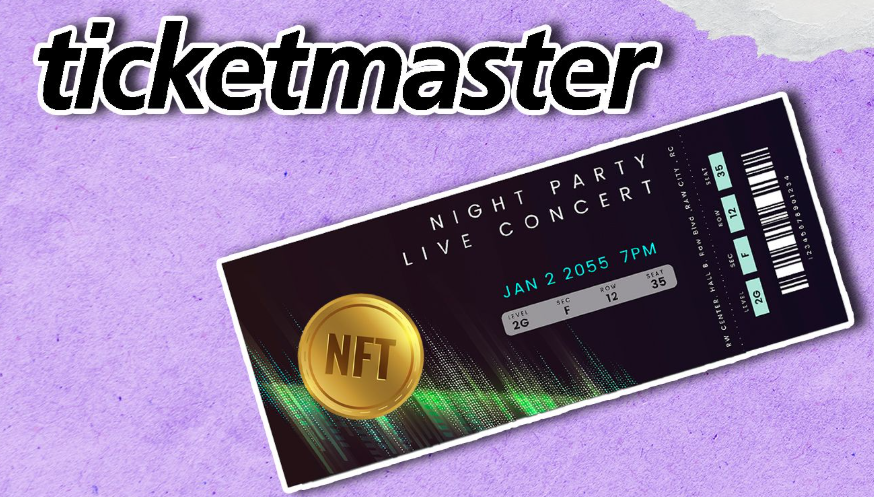
Ticketmaster collaborated with leading artists and sports franchises to mint NFTs and send them through email and mobile apps, which eliminated the need for crypto wallets.
Users get their NFT tickets without any steps and the tickets are trustlessly verified through the blockchain. Ticketmaster’s standard ticketing system now includes NFTs, and the company embraces crypto tech seamlessly
| Feature | Details |
|---|---|
| Blockchain Used | Flow, Polygon (varies by event) |
| Crypto Element | NFT tickets |
| User Interaction | Normal event ticketing flow |
| Use Case | Event access + digital memorabilia |
| Branding Style | “Collectible ticket,” not crypto |
| Onboarding Complexity | None; uses email or app login |
| Spend Options | Show, collect, or sell on select platforms |
| Target Audience | Eventgoers, sports/music fans |
| Jargon-Free UX | Yes |
| Monetization Option | Sometimes, via resale value |
9.Pudgy Penguins Toys
Pudgy Penguins expanded its NFT project into the real world by selling toys at Walmart and other major retailers. Each toy comes with a QR code that unlocks access to the digital world “Pudgy World,” which operates on the blockchain.
Users never have to interact with cryptocurrency. Onboarding is as simple as logging in with an email, and the animated toys are minted using zkSync, an Ethereum layer-2, without the user’s intervention.
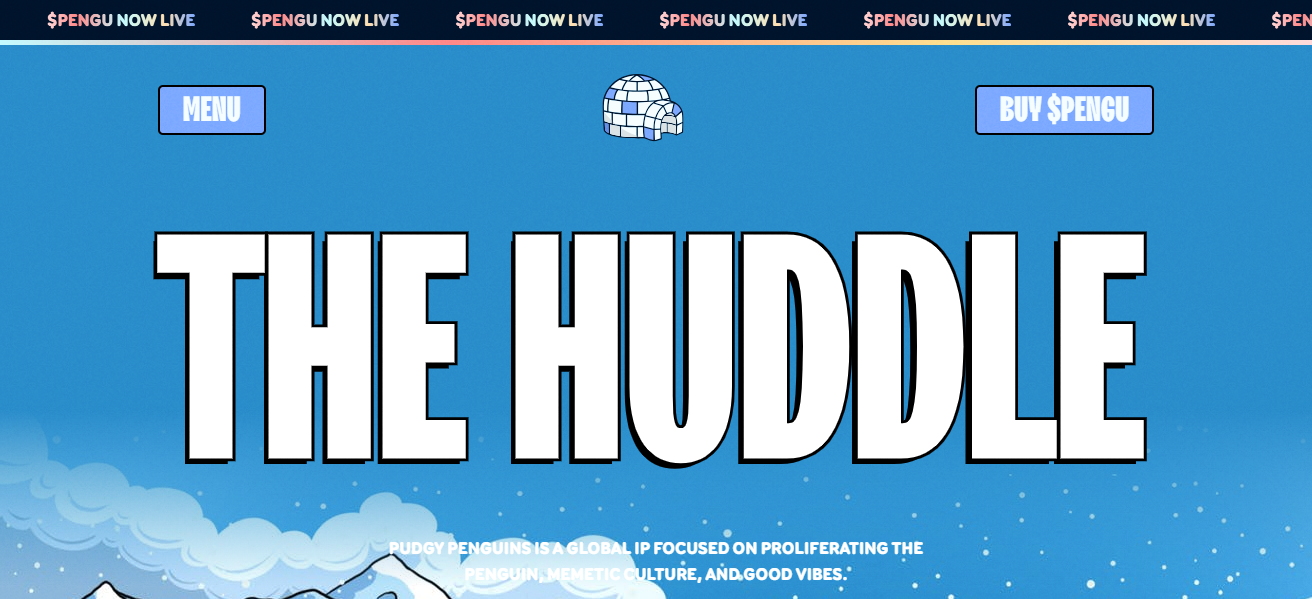
This analog onboarding welcomes users of all ages, particularly children and collectors, sidestepping the crypto approach. The benefits of blockchain, in terms of ownership and interoperability, are streamlined without a focus on the technology. It is accessible and light-hearted at face value.
| Feature | Details |
|---|---|
| Blockchain Used | zkSync (Ethereum Layer-2) |
| Crypto Element | NFT-linked digital characters |
| User Interaction | Scan QR code to enter Pudgy World |
| Use Case | Toy + digital collectible experience |
| Branding Style | Kids’ brand, fun-first |
| Onboarding Complexity | Easy; email login only |
| Spend Options | Customize online penguin avatar |
| Target Audience | Kids, collectors, casual gamers |
| Jargon-Free UX | Yes |
| Monetization Option | Indirectly, via digital avatar value |
10.Ubisoft Quartz
Ubisoft Quartz incorporates blockchain technology into their games, most notably Ghost Recon, through the “Digits” (in-game NFTs) system. These NFTs are augmentations, including weapons and gear, that can be traded, sold, or purchased.
Ubisoft Quartz NFTs are hosted on the Tezos blockchain, although Ubisoft does not advertise them as crypto. Interactions are done through a clean and game-friendly interface and traditional, non-crypto sign-up pathways.
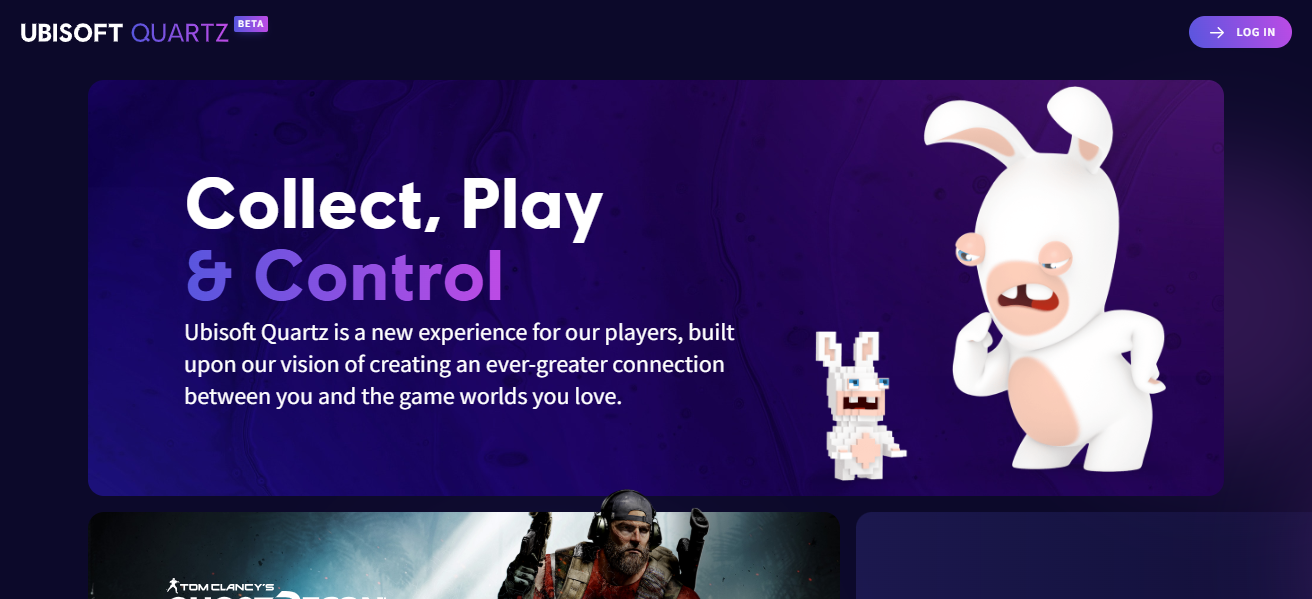
It allows users to gain digital ownership of in-game assets without disrupting the gameplay experience or requiring wallet or token knowledge. While many hardcore gamers view Quartz negatively, it is a courageous attempt to integrate blockchain technology into gaming, disguised as more collectible content.
| Feature | Details |
|---|---|
| Blockchain Used | Tezos |
| Crypto Element | NFTs (“Digits”) for in-game items |
| User Interaction | Play Ubisoft games + use special gear |
| Use Case | Digital ownership of game cosmetics |
| Branding Style | “Quartz platform” and “Digits,” no crypto terms |
| Onboarding Complexity | Moderate; account and wallet setup required |
| Spend Options | Use in-game, sell on secondary markets |
| Target Audience | Gamers, collectors, Ubisoft fans |
| Jargon-Free UX | Partially |
| Monetization Option | Yes, via resale of NFTs |
Conclusion
In conclusion The value of these projects lies in their ability to deliver crypto’s value without drowning users in technical details. By prioritizing convenience, tangible benefits, and user-friendly interfaces, these projects integrate blockchain technology into the fabric of daily routines.
The focus on “crypto without the crypto feeling” is what facilitates the widespread acceptance of the technology; it transforms Web3 into something available to and utilized by the market—encouraging participation without requiring technical understanding.






